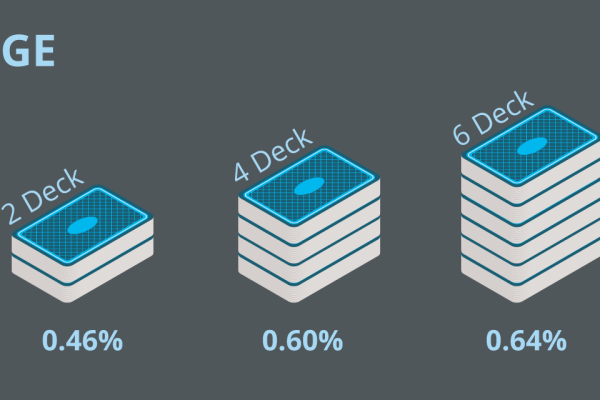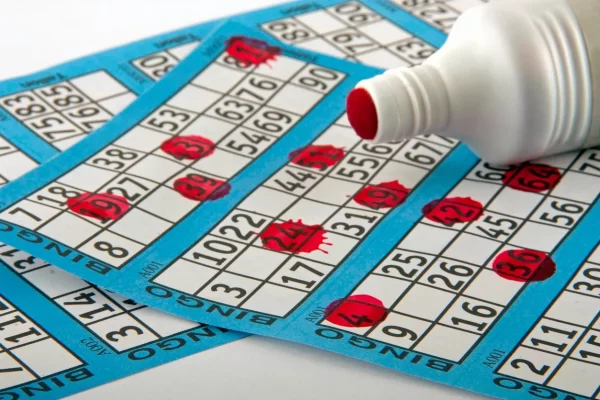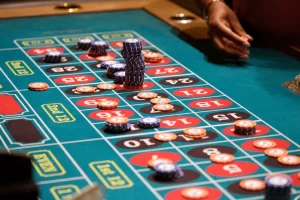A roulette algorithm can help you predict the winning numbers at a live roulette table. This system is based on the Martingale betting strategy. The basic idea is to double your bet size when you lose, and then double it again if you win. Scientists believe that this strategy can help you predict the number that will come up in a roulette game.
To make this algorithm work, players must bet on many numbers. A system that bets on 20 numbers will win most of the time, but losing all 20 will wipe out all their previous winnings. To find the best roulette algorithm, players can analyze the winning patterns of other players. For example, a player betting on a single chip may win more often than they expected.
A roulette algorithm that uses this principle is called a DS-Roulette. The DS-Roulette algorithm uses the block value computed in the previous phase as a starting point. Then, the roulette ball falls into a bin that has a proportional probability. It uses 32 threads to load probabilities.
This method is also known as russian roulette. It is based on the concept of rejection sampling. This type of sampling is not suitable for real-time graphics because it requires infinite iterations to get a valid sample. On the other hand, Russian Roulette uses a fixed upper bound on the work that it must do. The result is that random samples of data are less likely to be generated by the Russian Roulette algorithm.
In order to make a roulette algorithm work, complicated calculations must be done to predict the numbers in a roulette game. A successful roulette algorithm should be able to predict the number of a roulette wheel’s half thirteen times out of twenty-two times. These calculations are critical to making a roulette game profitable.
To make this roulette algorithm work, it must take into account the speed of the ball during its journey. Because the roulette wheel has a low friction, the ball’s speed is nearly constant. This constant speed makes it possible for the roulette algorithm to predict the positions of the pockets, but if the wheel speed is changed, it will be impossible to predict the positions of the pockets. As an example, if two balls are spun in the same way at the same time, they will land in opposite positions after ten seconds.
A roulette algorithm can help a machine learn from data. The roulette algorithm is a good example of a genetic algorithm. It works similarly to a roulette wheel in a casino. It uses a population of randomly selected individuals, and the mutation rate is set to a small percentage. The mutation rate is also set to a low number to maintain elitism. It is also possible to increase the mutation rate to a user-defined amount during a single generation.













